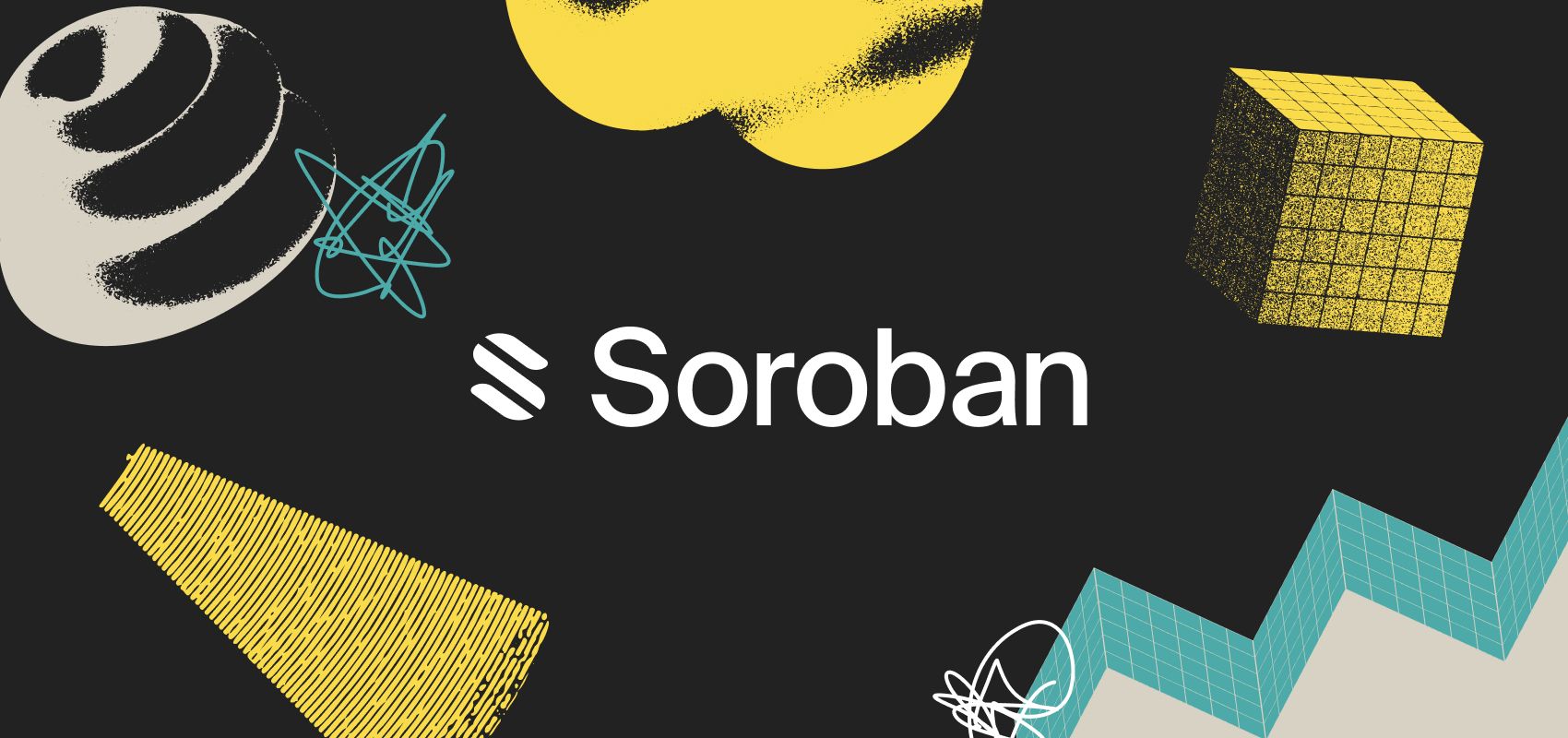NFTs have been a hot topic for the past few months, even outside the realm of blockchain and cryptocurrencies: Nyan Cat and a New York Times column were sold as NFTs, each for over half a million dollars.
And to top it all off, digital artist Mike Winkelmann, aka Beeple, sold an artwork for an astonishing $69 million — the third-highest auction price achieved for a living artist, after Jeff Koons and David Hockney.
NFTs, short for non-fungible tokens, are unique digital items, and they can represent ownership of artwork, audio, writing, in-game items, really anything. There are advantages to issuing them on Stellar — the network is designed to make asset issuance easy, affordable, and quick; the protocol doesn’t rely on mining to validate transactions, so the environmental considerations are different from other blockchains — but there are also some unique technical challenges.
- What are those challenges?
- What’s the best way to overcome them?
- What’s the current state of NFTs on Stellar?
- What’s in store for the future?
In this roundtable discussion, some key NFT players in the ecosystem cover those questions and more. Because while the mission-driven Stellar Development Foundation is focused on use cases like cross-border payments — and to be clear, SDF is not planning to pivot to focus on NFTs — one of the most exciting things about the open-participation nature of Stellar is that a vibrant ecosystem of projects is out there exploring topics and building solutions to the problems they find interesting. 
Check out the recording of the live session that took place on April 15th. The panel featured Fred Rezeau from Litemint, a gaming and collectibles platform on Stellar, Zac Freundt, Director of Marketing, Tyler van der Hoeven, Ecosystem Evangelist at the Stellar Development Foundation, our CEO, Steve Walker who discussed what’s on the roadmap with Task and NFTs.
 create, send and trade digital representations of all forms of money—dollars, pesos, bitcoin, pretty much anything. It’s designed so all the world’s financial systems can work together on a single network.
create, send and trade digital representations of all forms of money—dollars, pesos, bitcoin, pretty much anything. It’s designed so all the world’s financial systems can work together on a single network.
Task is powered by the Stellar blockchain.



